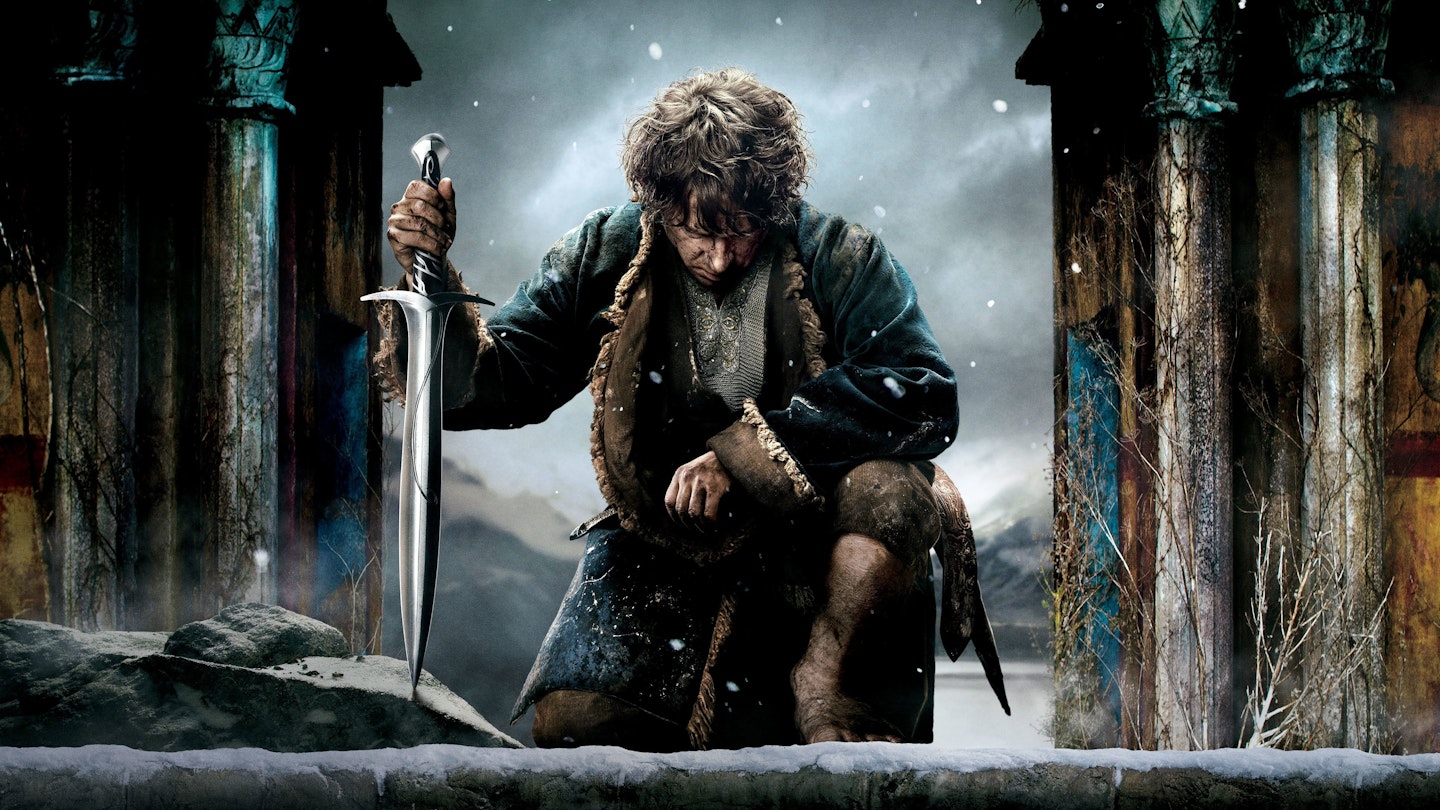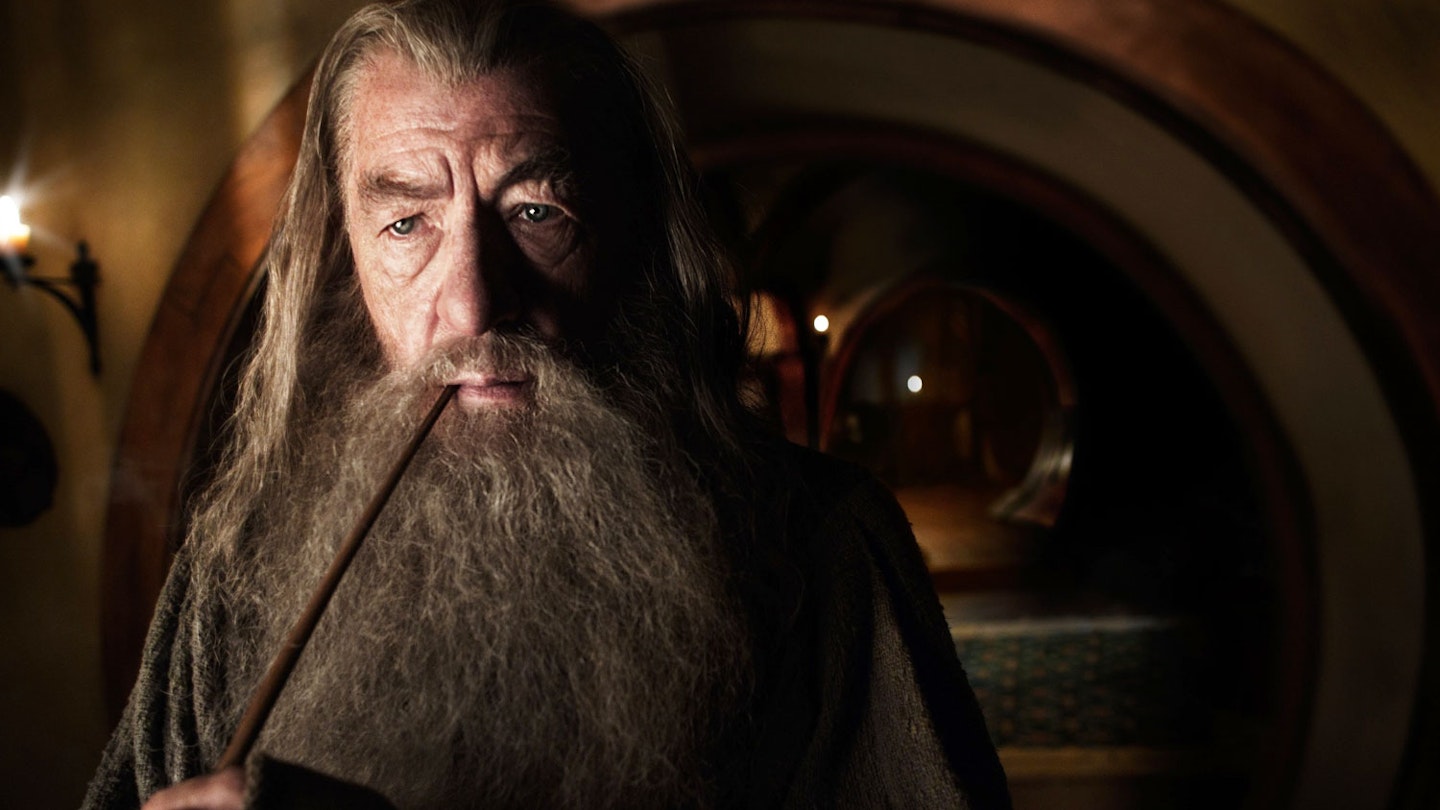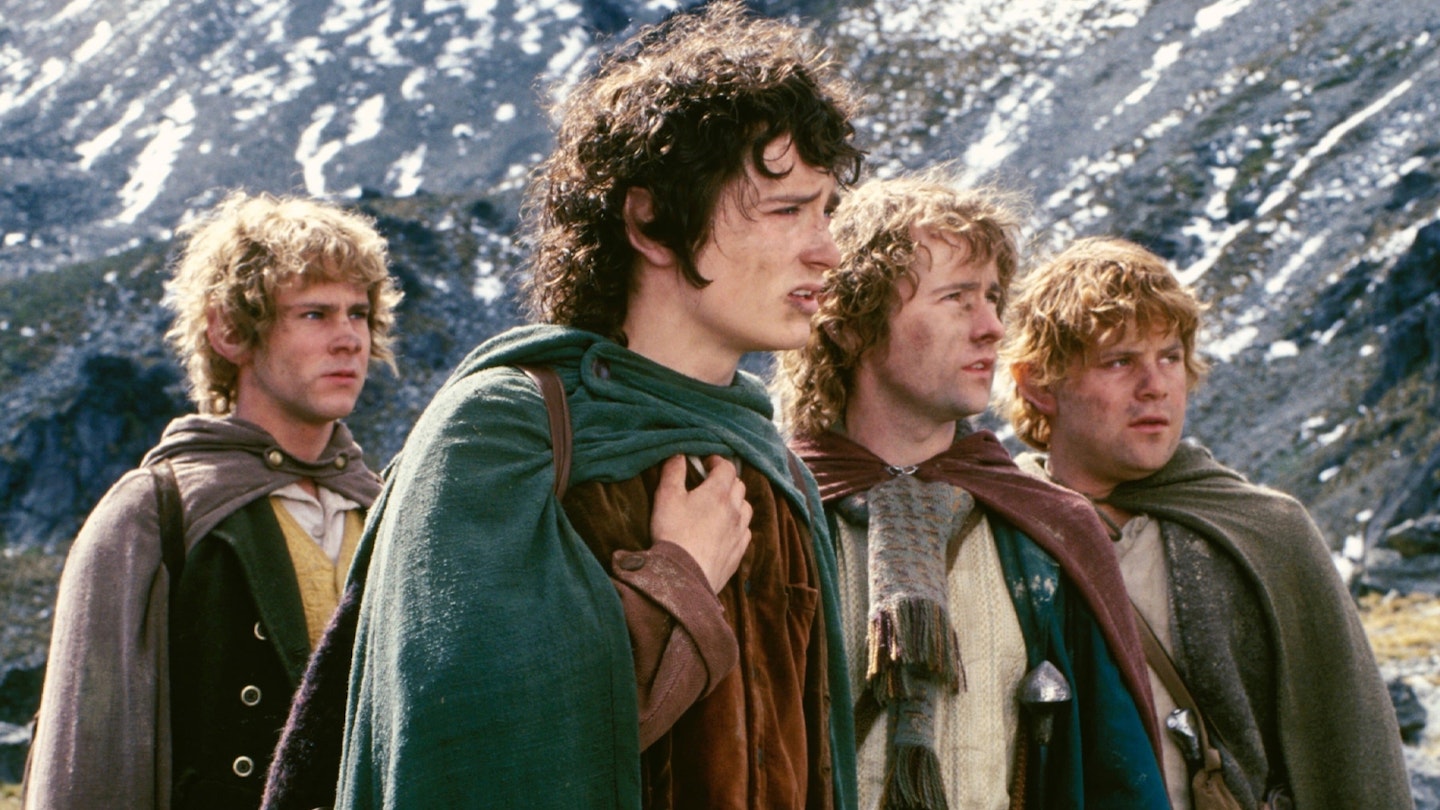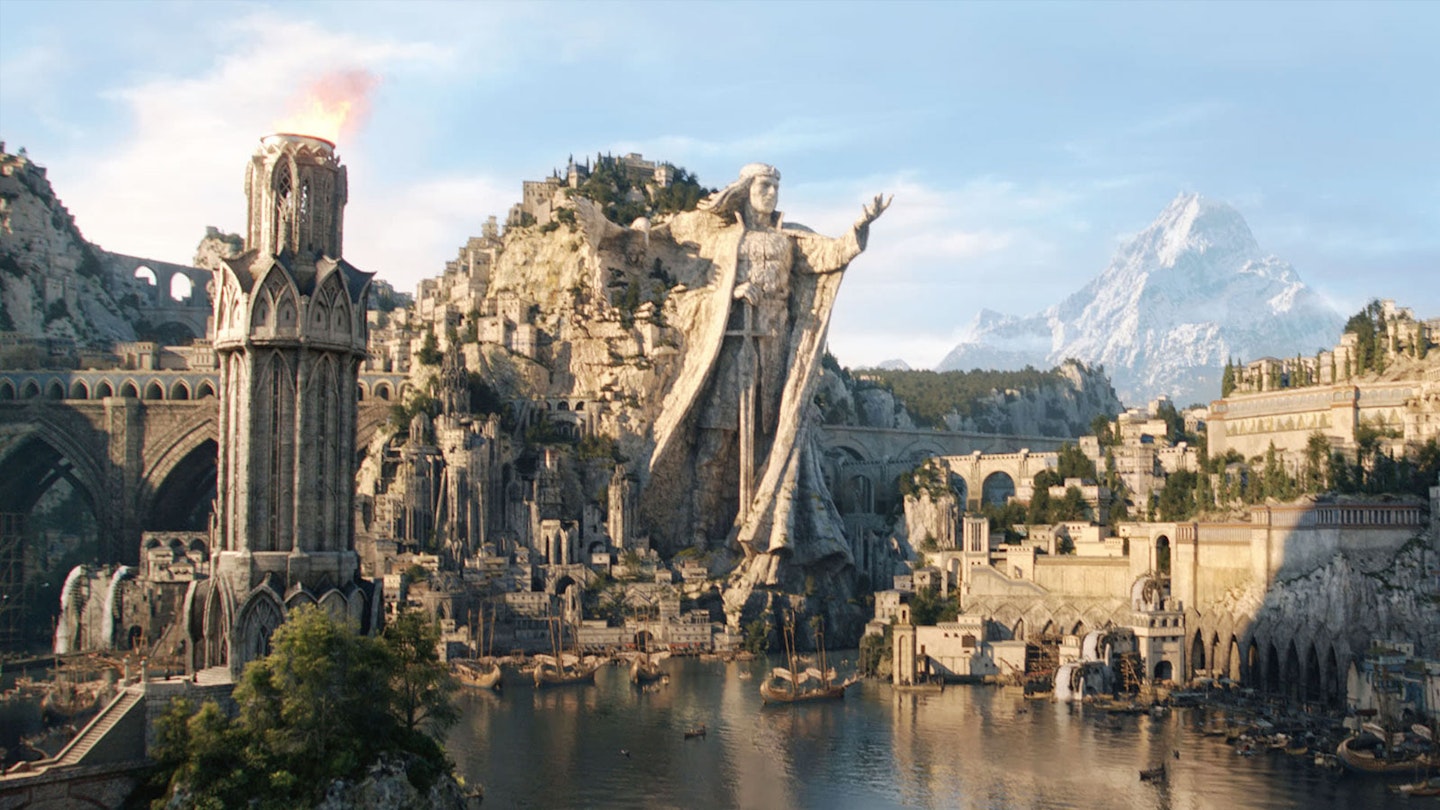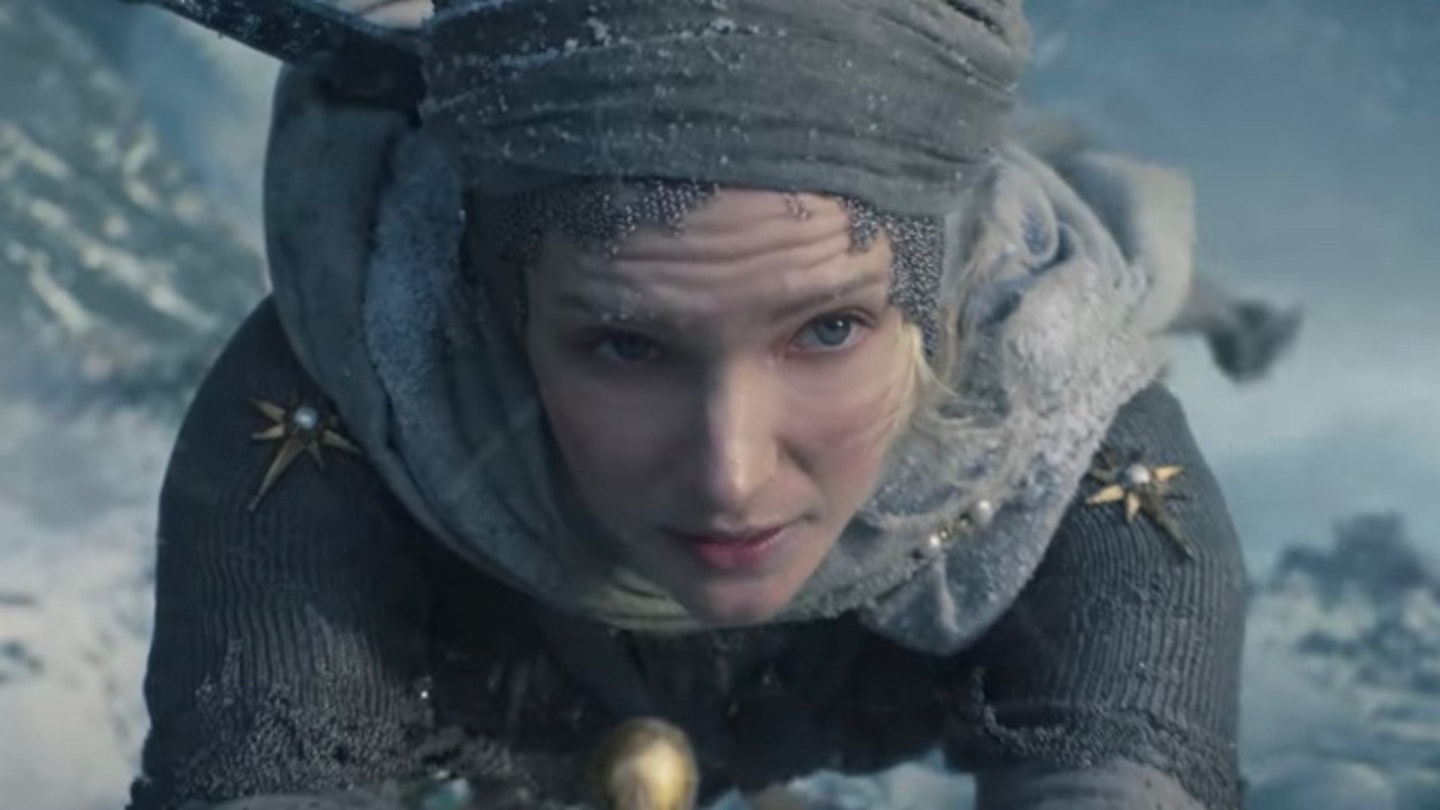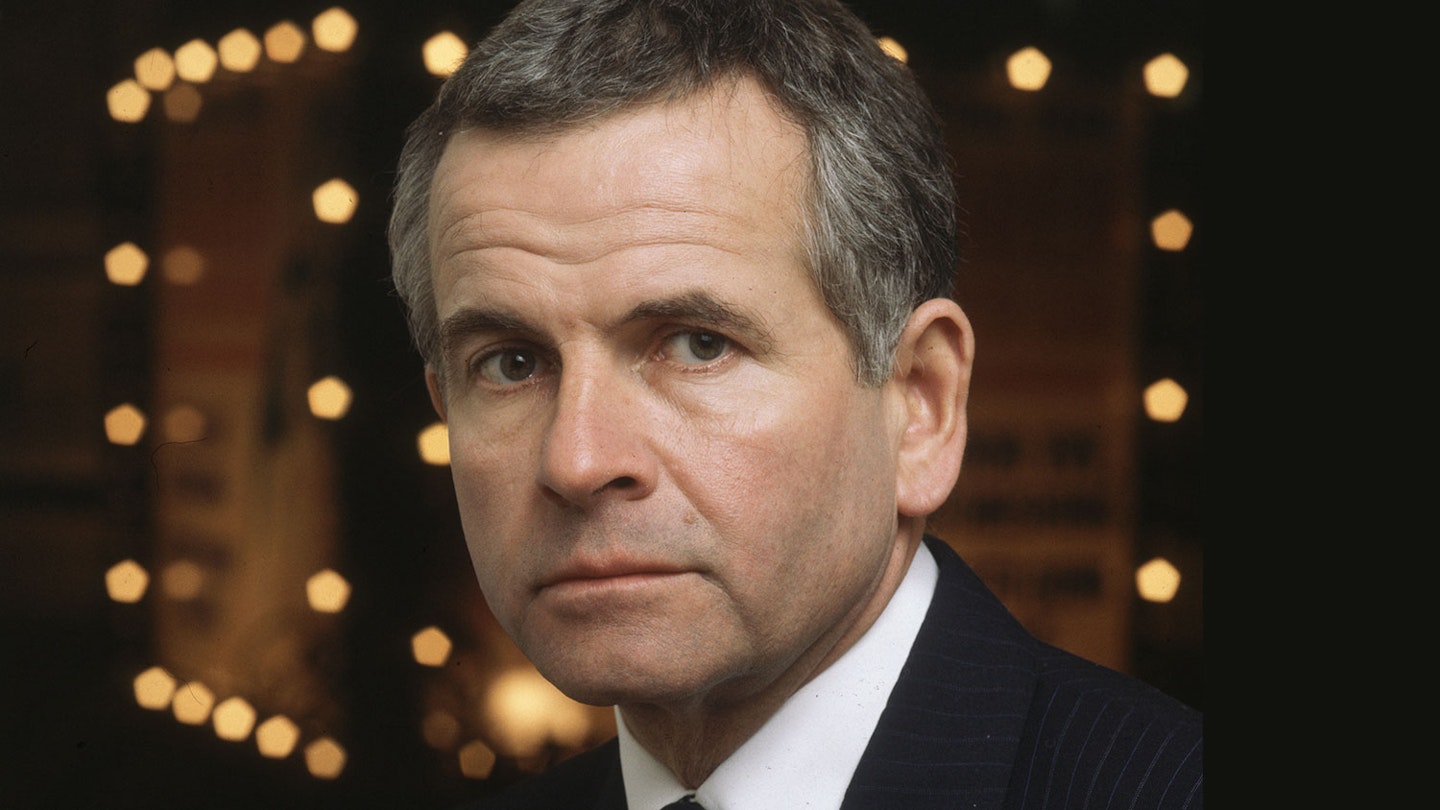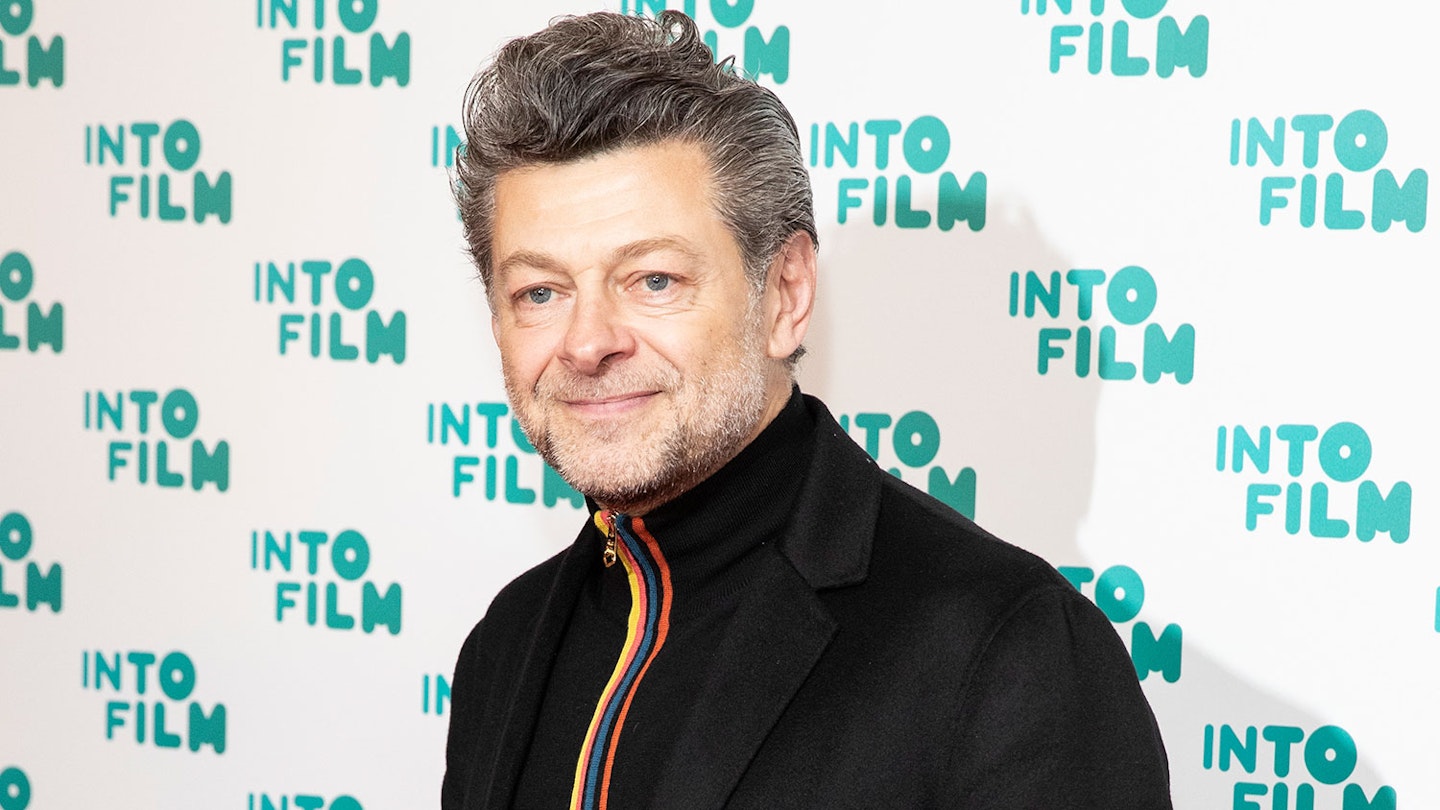Warning: minor spoilers for those who have not read the book
“So began a battle that none had expected; and it was called the Battle of Five Armies, and it was very terrible.” A spinner of epic tales he may have been, but when it came to The Hobbit’s climactic engagement, Tolkien wasn’t much for showmanship. The same cannot be said of Peter Jackson, thankfully, who here concludes his six-part Middle-earth saga by transforming a few pages of J.R.R. afterthought into a thunderous melee of interracial warfare.
Having navigated the barrels, spiders, riddles and ruins, it’s the chance to realise this gigantic, five-way battle royale that clearly prompted Jackson’s return to Tolkien’s world. So much so, in fact, that most other material falls by the wayside. Smaug is unleashed and dispatched in a fleeting ten minutes, his brief but spectacular reign of fire cut short by a monologue-stopping arrow. Likewise the rising menace of Sauron is skipped past with startling alacrity to make way for the main event.
Pelennor Fields was a noble struggle between light and darkness, observed from on high amidst the spires of Minas Tirith. This, by contrast, is a dirty barroom brawl; every hack, stab and gouge felt physically from deep within the scrum. From the moment elven warriors vault the dwarven phalanx to eviscerate onrushing orcs, the Bad Taste director revels in carnage with gleeful invention. Trolls act as mobile siege engines, ballistas raining death from their shoulders, walls collapsing before bipedal battering rams. A raging, elk-mounted Thranduil (Lee Pace) deals antler-assisted decapitation, while dwarven firebrand Dain (Billy Connolly) spouts expletives from the back of an armoured war pig. When Thorin (Richard Armitage) finally leads the charge from the gates of Erebor, the glorious rush of battle met is triumphant euphoria.
As both hero and antagonist at various points, this is in large part Armitage’s film. Thorin’s descent into madness under the dragon’s taint is played out with maniacal intensity. His grim rebuff of Luke Evans’ diplomatic overtures (the exchange framed beautifully by a hole in Erebor’s barricade) and final, hallucinatory epiphany upon a floor of burnished gold are as masterfully shot as they are powerfully delivered. Bilbo, by contrast, is a portrait of quiet understatement. Freeman has grown into the part like a second skin, his warmth and honesty underpinning the hobbit’s self-effacing befuddlement. It’s not until the end, with the film’s most effective piece of foreshadowing, that we see cracks in his character as the Ring exerts its influence.
At under two-and-a-half hours, there’s little flab on Five Armies. Jackson has been judicious with the edit, jettisoning anything not essential to the tale at hand. It’s smart work and the film never drags but it doesn’t come without cost. What could have been the stand-out set-piece is largely squandered, Elrond and Saruman facing off against the Nazgul in a spectacular but upsettingly short-lived altercation at Dol Guldur. It’s a minor disappointment in an otherwise gratifying conclusion, though, and one that may yet be addressed. With the numerous threads left unresolved (Legolas’ pursuit of Bolg at Smaug’s finale is abandoned entirely) and key appearances truncated (Beorn’s return lasts a single shot), we can look forward to the certainty of a far weightier Extended Edition this time next year.
